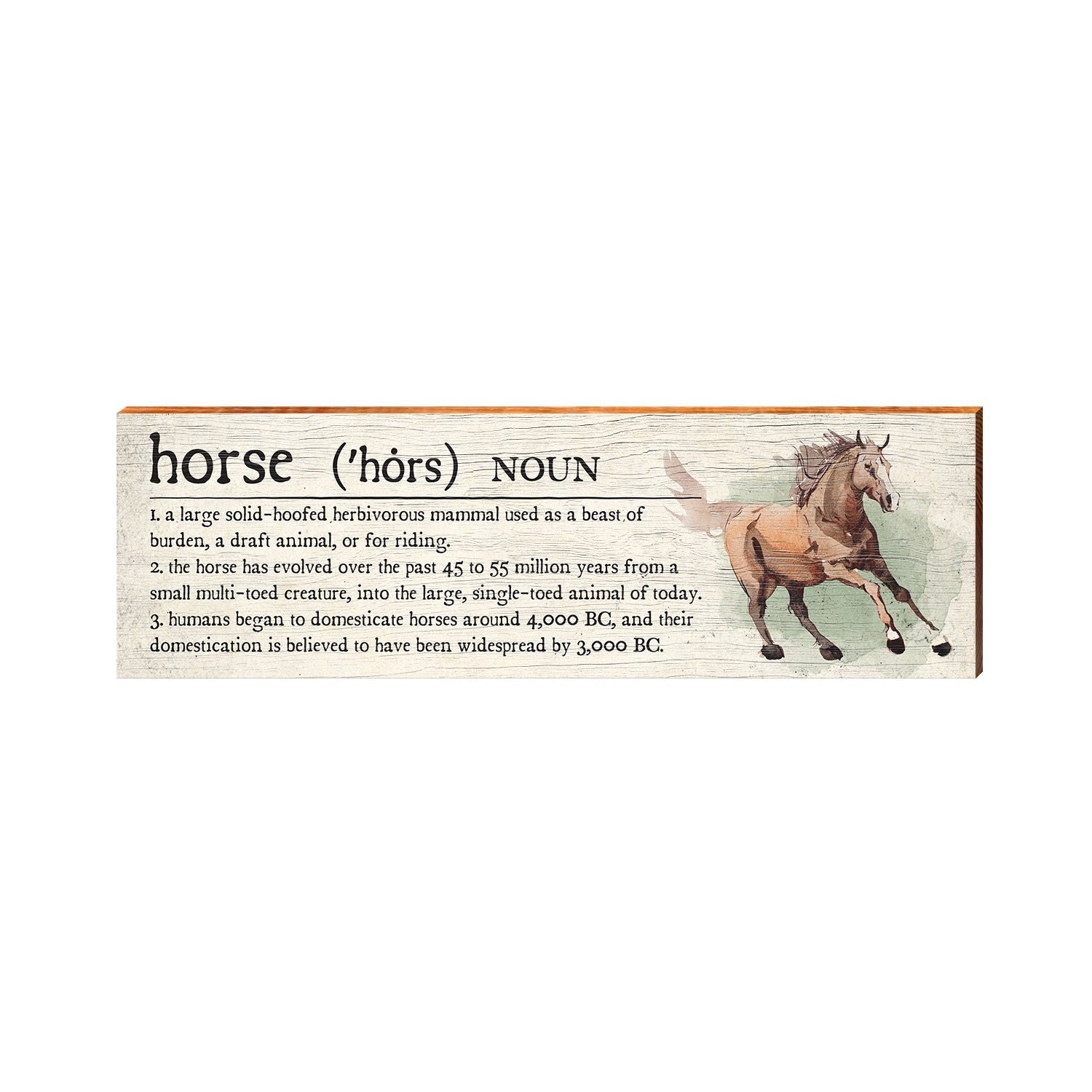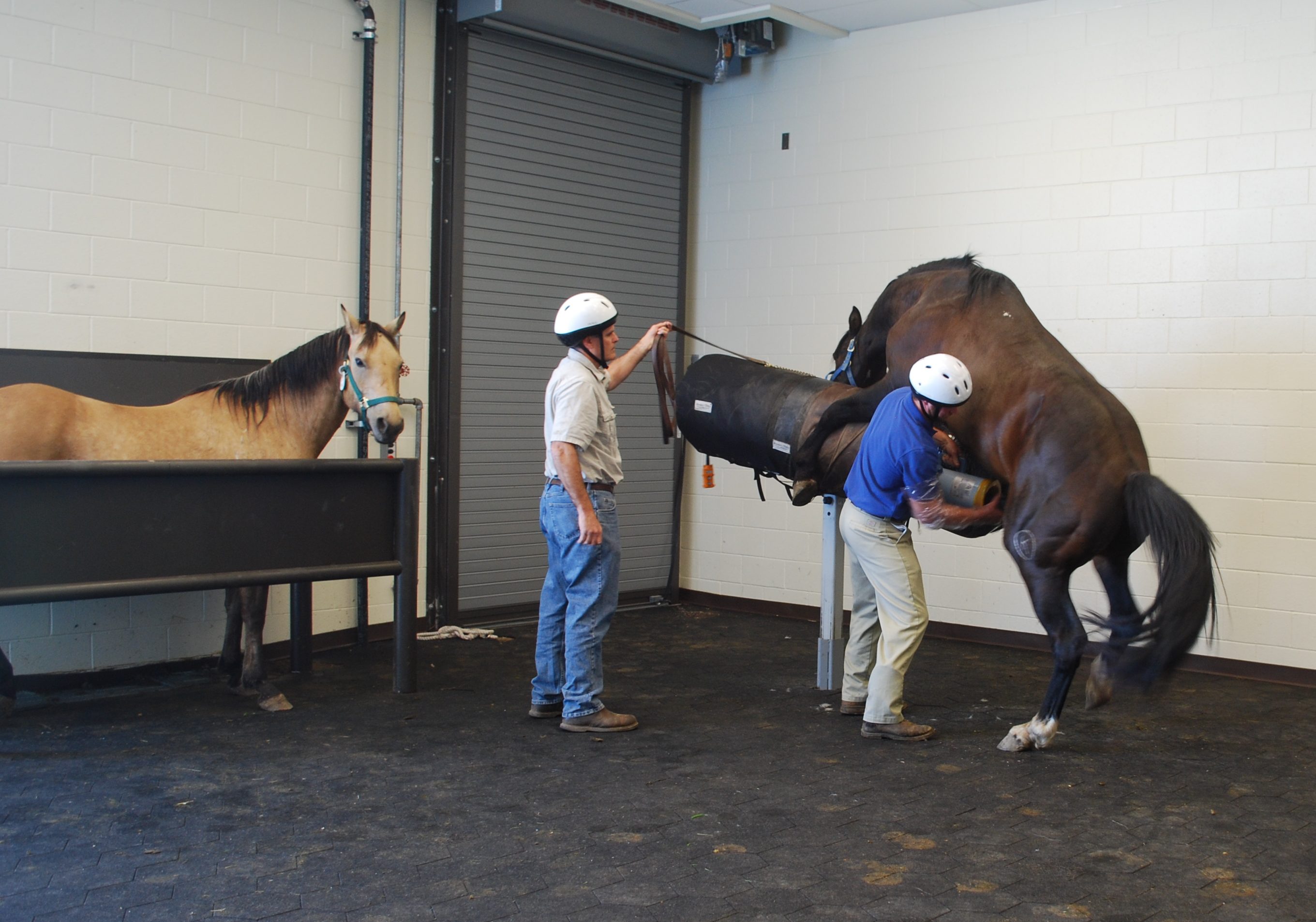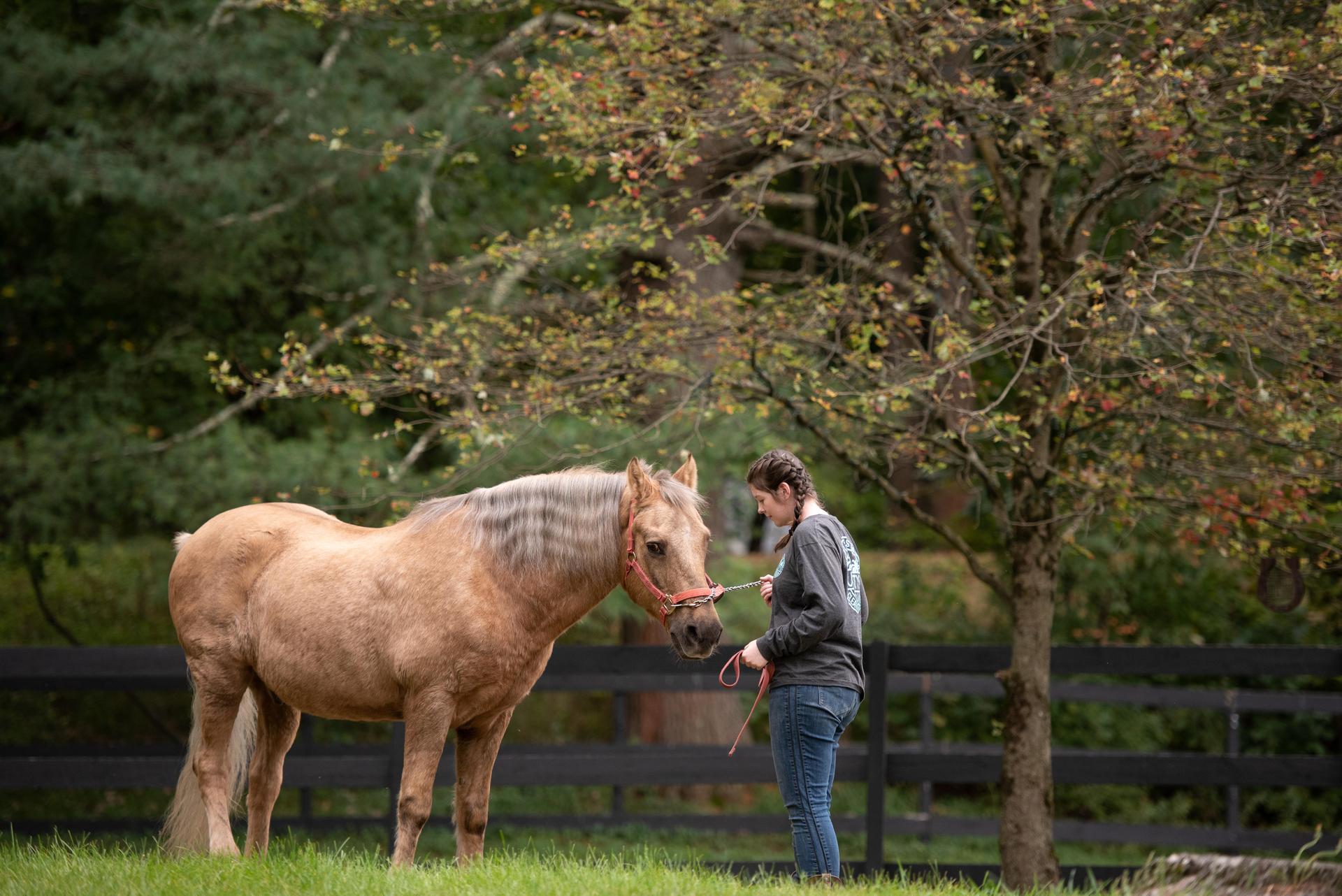Stallions are majestic creatures that have captivated human beings for centuries. Their strength, beauty, and grace have made them a symbol of power and nobility. In this article, we’ll explore what makes a stallion horse unique, their characteristics, behavior, and the role they play in the equine world.
What Is a Stallion Horse?

Stallions are male horses that have not been gelded, meaning they have not been castrated. They are known for their muscular build, powerful stature, and distinctive physical features. The term “stallion” is often used to refer to an uncastrated adult male horse, but it can also be used to describe a young male horse that has not yet been gelded.
Characteristics of Stallions
Stallions are typically larger and more muscular than mares or geldings. They have a prominent crest on their neck, and their overall appearance exudes strength and vitality. Their coat colors can vary widely, and they may have unique markings that make them easily recognizable.
Behavior of Stallions
Stallions are known for their assertive and sometimes aggressive behavior, especially when in the presence of other horses. They have a strong territorial instinct and may display dominance by challenging other males. However, they can also exhibit gentle and affectionate behavior, especially towards their human handlers.
Physical Features

Stallions have several physical features that distinguish them from other horses. Their powerful build, arched neck, and muscular hindquarters give them a regal and imposing presence. Their mane and tail are often thick and flowing, adding to their majestic appearance.
Distinctive Coat Colors
Stallions can come in a variety of coat colors, including bay, black, chestnut, gray, and even more rare colors such as palomino or buckskin. Some stallions may also have unique markings such as a blaze, a star, or socks on their legs, adding to their individuality and beauty.
Mane and Tail
One of the most striking features of a stallion is its mane and tail. Stallions often have thick, long, and flowing manes and tails that add to their impressive appearance. These features can vary in color and texture, ranging from silky and straight to thick and curly.
Stallion Behavior and Social Structure

Stallions are known for their complex social dynamics and hierarchical structures within a herd. In the wild, a stallion will lead a group of mares and their offspring, asserting his dominance and protecting the herd from potential threats. This natural behavior has been observed in domesticated stallions as well.
Herd Dynamics
Within a herd, the stallion maintains order and discipline, ensuring the safety and well-being of the mares and foals under his care. He may use vocalizations, body language, and physical displays of dominance to assert his authority and maintain control over the herd.
Interactions with Other Stallions
When stallions encounter each other, especially during breeding season, they may engage in confrontations to establish dominance and access to mares. These interactions can range from subtle displays of posturing to full-blown physical confrontations, with the goal of establishing hierarchy and breeding rights.
Stallions in Breeding

Stallions play a crucial role in equine breeding, as they are responsible for siring the next generation of horses. Their genetic lineage, physical attributes, and temperament are all factors that contribute to their desirability as breeding stallions.
Breeding Programs
In breeding programs, stallions are carefully selected based on their conformation, athleticism, and temperament, with the goal of producing offspring that exhibit desirable traits. Stallions that excel in performance, such as in racing, show jumping, or dressage, are highly sought after for their genetic potential.
Stallion Management
Managing a breeding stallion requires specialized care and attention to ensure their reproductive health and overall well-being. Regular veterinary exams, proper nutrition, and appropriate exercise are essential for maintaining a stallion’s fertility and physical condition.
Stallions in History and Culture

Throughout history, stallions have been revered and celebrated in various cultures around the world. Their strength, courage, and beauty have made them a symbol of power, freedom, and nobility in art, literature, and mythology.
Symbolism and Mythology
In ancient mythology and folklore, stallions are often associated with gods, heroes, and legendary creatures. They embody qualities such as bravery, virility, and endurance, and are often depicted as noble and majestic beings.
Artistic Representation
Stallions have been a popular subject in art, from ancient cave paintings to modern-day sculptures and paintings. Their striking appearance and powerful presence have inspired artists to capture their essence in various forms of artistic expression.
The Role of Stallions Today

In modern times, stallions continue to play a significant role in various equine disciplines, including breeding, performance, and recreational riding. Their genetic influence, athleticism, and distinct characteristics make them valuable assets in the equine industry.
Performance Stallions
Stallions that excel in equestrian sports such as dressage, show jumping, and eventing are highly prized for their competitive prowess and genetic potential. Their offspring often inherit their athletic abilities and may go on to achieve success in the same disciplines.
Recreational Riding
While not all stallions are used for breeding or competition, many are beloved companions for recreational riders. With proper training and handling, stallions can be gentle, obedient, and enjoyable mounts for experienced riders who appreciate their unique qualities.
Curious about thoroughbred horses and their unique characteristics? Want to learn more about the role of a sire or a mare in the world of horses? Our articles on thoroughbred horses, sire horses, and mare horses provide fascinating insights into the world of equines!
Conclusion
In conclusion, stallions are remarkable creatures with a rich history and a significant role in the equine world. Their physical beauty, distinctive behavior, and genetic influence make them a fascinating subject of study and admiration. Whether as breeding stallions, performance athletes, or cherished companions, stallions continue to captivate and inspire horse enthusiasts worldwide. Their presence is a testament to the enduring allure of these magnificent animals.



